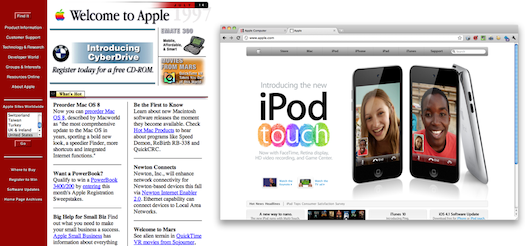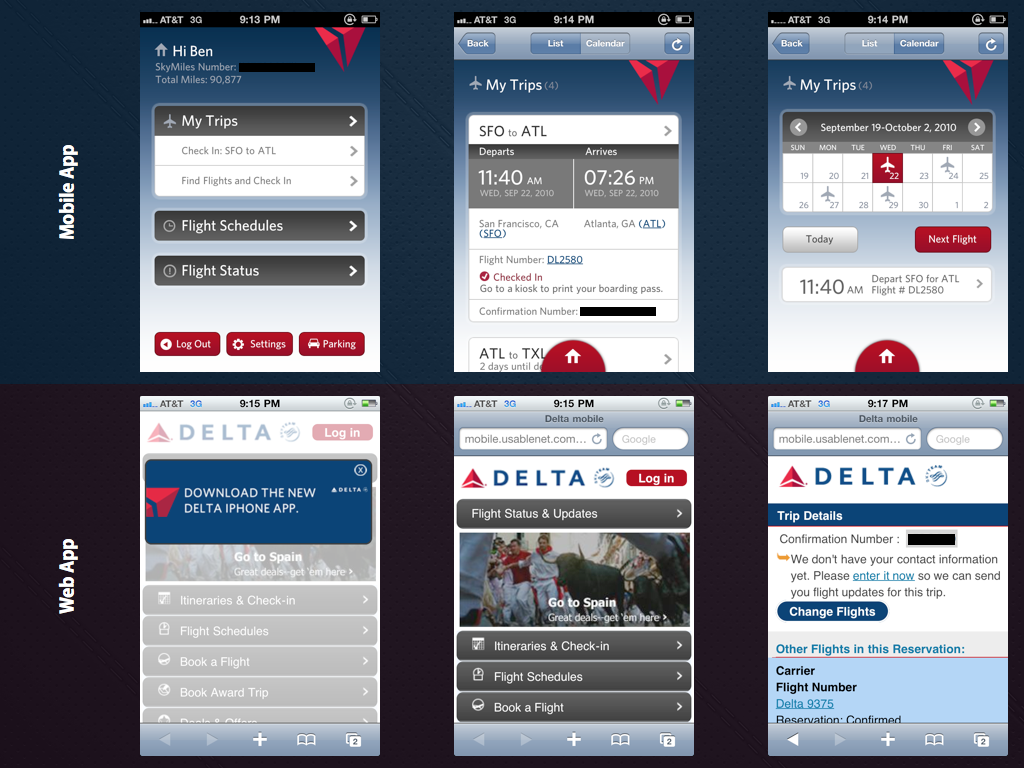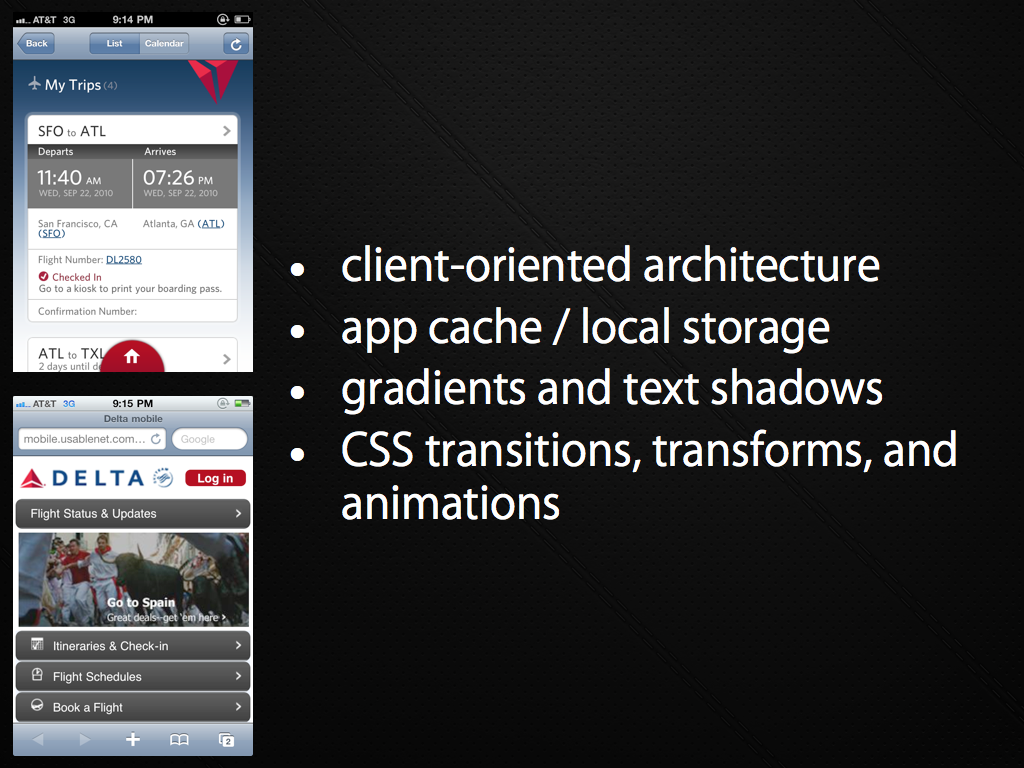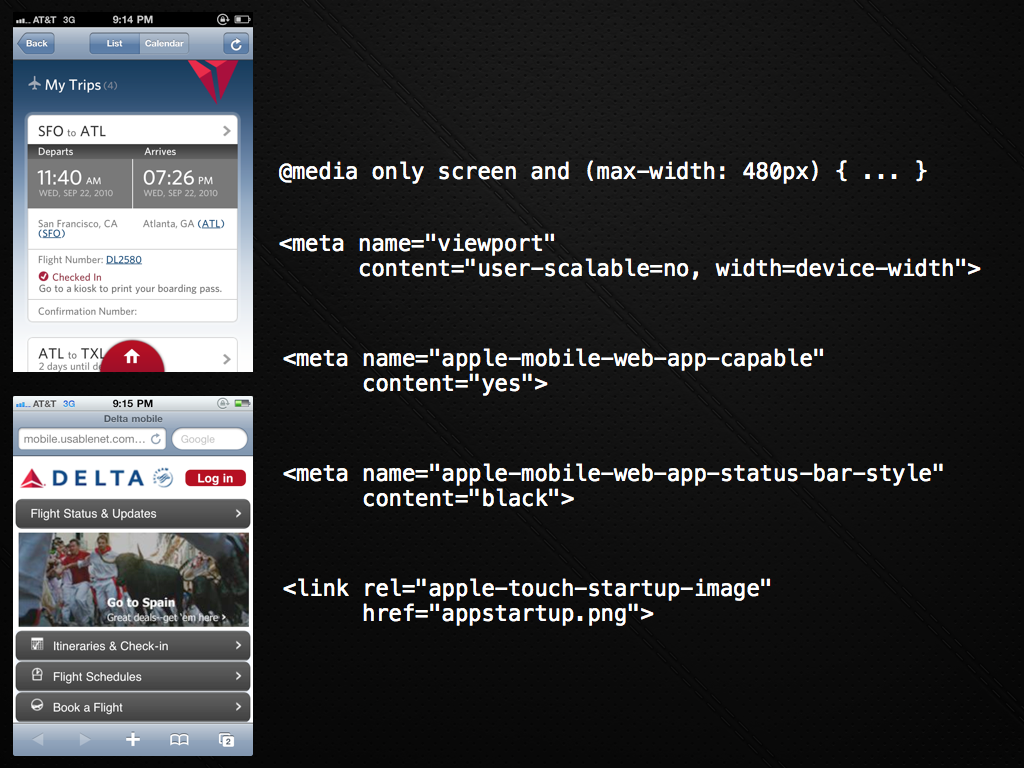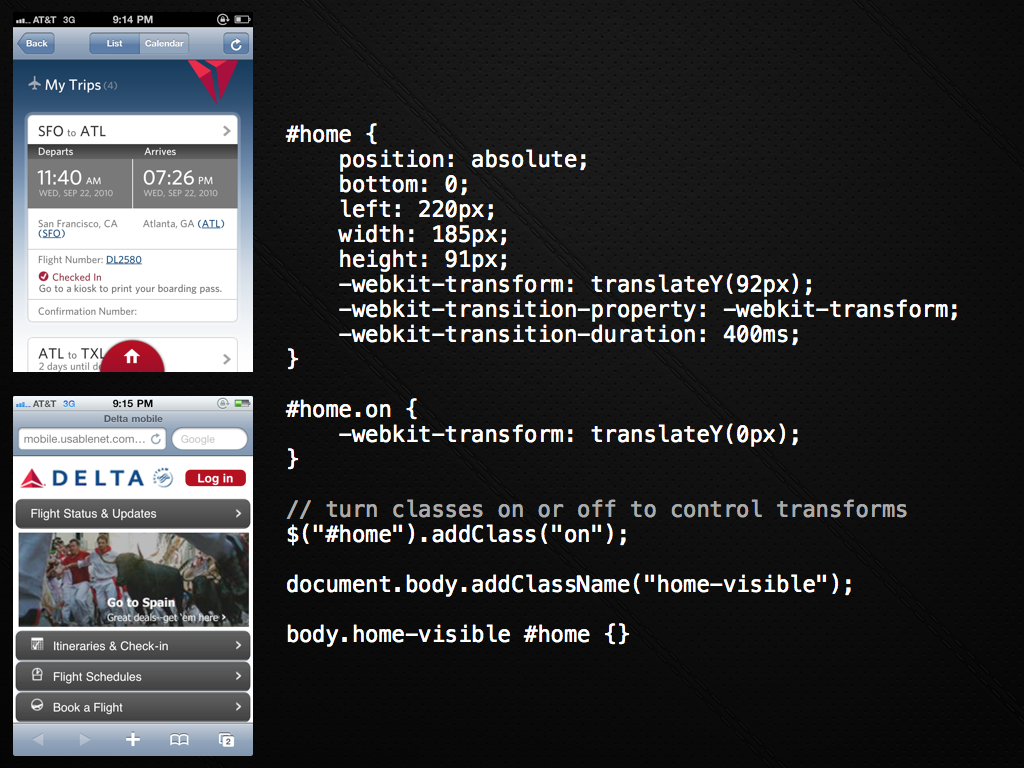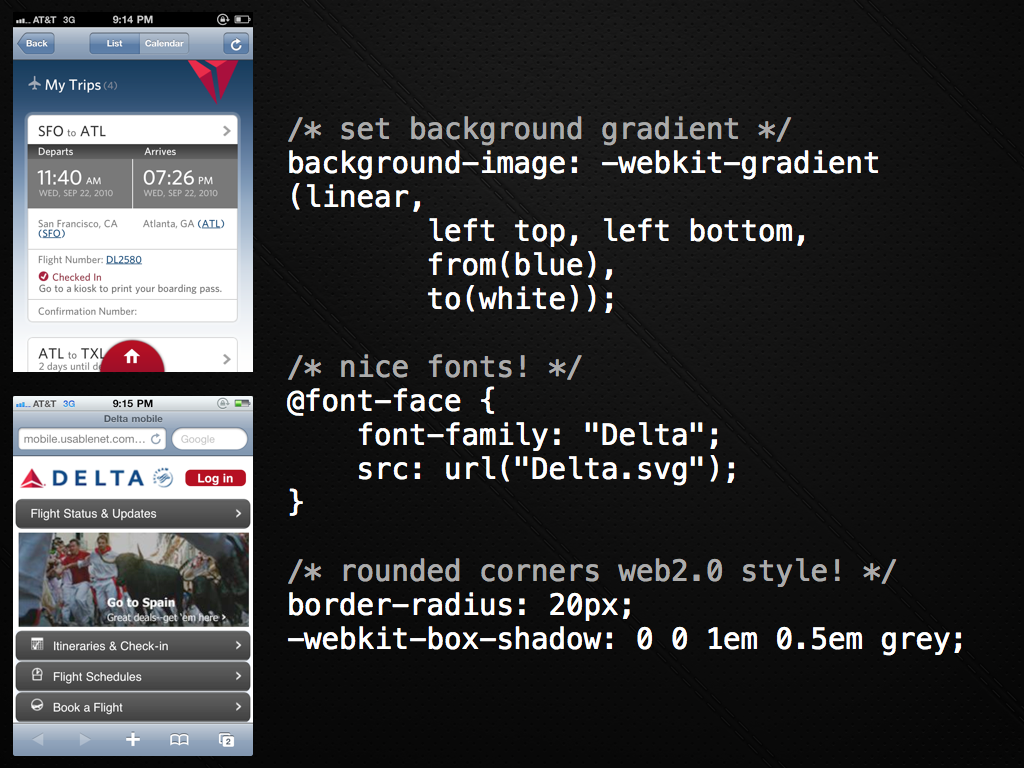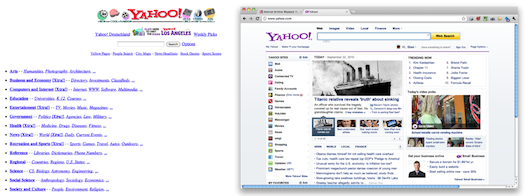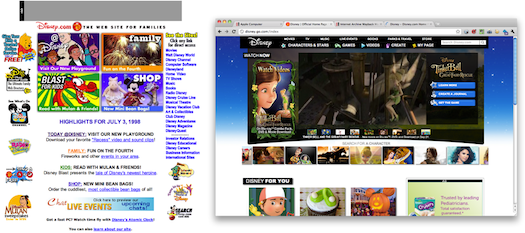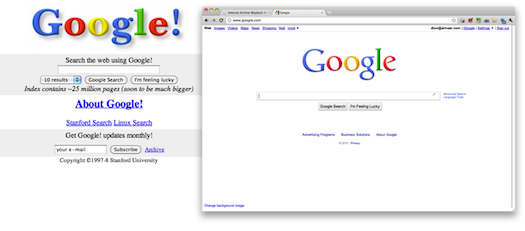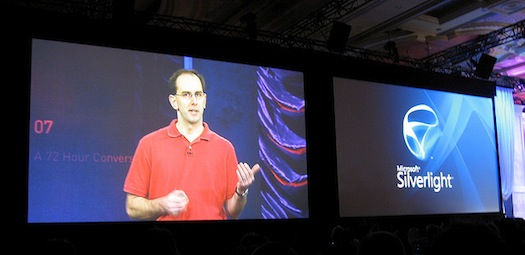
iOS 5 is a big release for Apple. It is their move away from the PC being the hub, and now we can talk to the big old iTunes in the sky. Android and webOS folk may scoff a little at this. “We have had over the air updates for ages!”, “Those notifications look familiar”, “In fact, my notifications are still far superior!”
It is great to see systems competing, and non iOS systems having advantages, but they shouldn’t get carried away. iOS is still the king. That is where the best apps can be found (ironically even though it is so restrictive), and the UI is still the most responsive and easy to use. Android is looking good and getting better rapidly, and is superior in real ways (e.g. navigation, deep integrations, etc) but again, it has room to grow too.
I was recently watching a tablet user study, and one of the users talked about how they thought that their tablet apps were so much better than the phone counter-parts. Really? Why did they think that? The reasons given were: easier to use, more stable, more responsive, and much more beautiful. Huh? Well, it turned out that this user had an iPad and an Android device. Ahhhhhh.
What struck me about the “cloud” side of iOS 5, was how it squarely goes after helping you manage your devices. The big pain point mentioned was getting content onto your laptop, tablet, and phone. What it lacked was the “we” part of sharing. I am very curious to see if this is a point of view, or a baby step. It is much easy to scale out the problem of “I”…. much easier to shard.
I have the pain that Steve mentioned with my devices, but I also have much more. For one, I don’t just have iOS/Mac devices, so how do I get them in on this action? For two, I have a family, and I want to help manage their world too. The tablet is a very social and shared device for some people. It gets passed around the family table. The same device could have your work email and calendar, as well as games for the kids.
One of the reasons that I bought an iPad 2 was because I could hide it, and the first generation could be the “family one”, leaving me my own. Now, you may think that Apple won here since I got a new device, but it feels natural that another tablet system will actually cater for the user here. I would be shocked if at some point in time, you don’t just pick up a tablet, the camera sees who you are, and you are shown your view into the world.
Beyond sharing a physical device, there is sharing data. Apple thinks in a very app-centric model (which has done very well for them!) and it is hard enough to share between apps, let alone beyond that.
Joshua Topolsky discusses Apple’s truth on the iCloud which hits this home.
While I won’t argue that Apple and others have had tremendous success with native apps and services, it’s also impossible to downplay the importance of the web and what it brings to applications. It’s not just that many of the applications we use are actually intimately tied to the web (even Apple’s own products are able to make quick changes like the switch to iCloud services in iOS 4.3 thanks to markup being used in place of native code), it’s that the web provides something native applications cannot. There is no native application for the Mac or iOS that replicates the shared document editing of Google Docs; there’s no mail application that exists for the Mac which will allow me to access my important information from anywhere in the world with or without a device in hand; there is no photo sharing service for iOS or the Mac which is as flexible or accessible as Flickr. When I need to access music with my Rdio account, I can do it from a plain old web browser, or an Android, iOS, or even BlackBerry application — and the ability to shift between those portals is incredibly powerful.
When it comes to Apple, it feels to me like the company views the web as a technology which undermines rather than enriches its products. It wants you to talk to the cloud, but only through its portals and its gateways, in closed loops and private networks. Is it possible that for the company Apple has become — the lock-in PC-maker, the gatekeeper, the retailer — there’s still a little too much Wild West in the web? Is Apple’s failure with or aversion to web services a byproduct of the desire for complete control over its ecosystem and products? Or is the gang in Cupertino just not that good at the internet?
The Web, though very simple standards (HTTP, URL, HTML, etc) is very much about connecting. This results in applications that can share data (even in the same UI such as mashups), and it is very natural to have a group aspect to the data. This means that we need permissions models around such data, and along with that we have the base APIs being built around URLs.
iCloud APIs on the other hand have an SDK that is built top down. The center of the world is Objective-C, now low level network primitives. This is a very different way to look at the problem, and you end up with obviously iOS-centric (if not “only” right now) views.
Wil Shipley himself links to questions on the Apple Dev Forum around how this system can work. The questions themselves can’t be questioned due to the restrictive systems in place.
There are a couple of social aspects of iOS shining through. Game center is one, but the biggest news here is the integration of Twitter, which is absolutely massive. Having the throne as the only integrated account (and most importantly, not having Facebook there) means that Twitter can take a huge run at social APIs that it maybe wouldn’t have cared as much about before hand.
It continues to be a great time to be in tech. Apple has made many small but important strides in iOS 5. Android “ice cream” is coming. And then we have the other mobile operating systems (Windows, webOS, etc) who are embracing the Web heavily.
When I think about the “we”, I definitely think back to my former thought that HTML5 is a jewel that we need to cut into a weapon.





